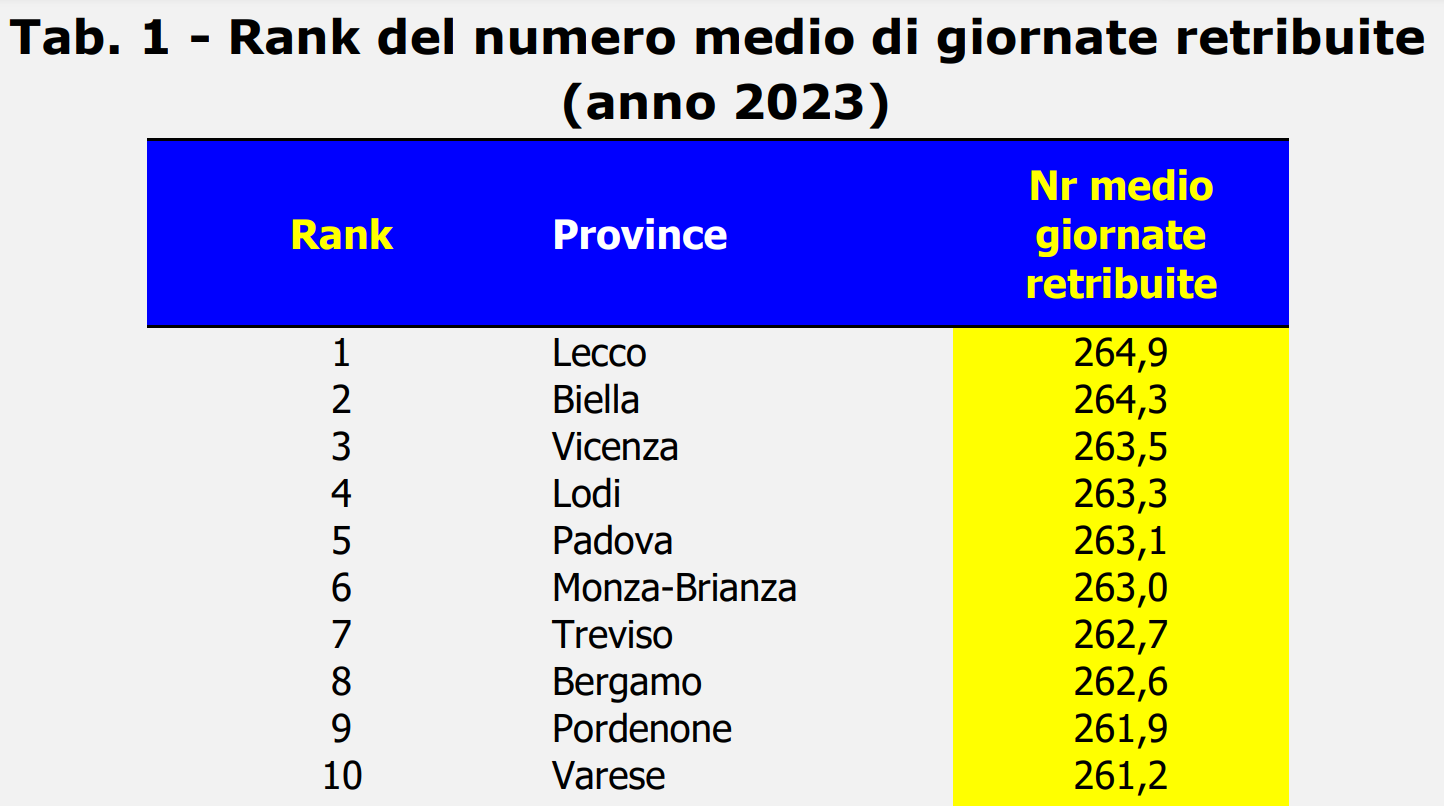Less salt since children to prevent hypertension as adults

Reduce salt from an early age to live in health as adults. On the occasion of the World Week of awareness for the reduction of the food consumption of salt, from 12 to 18 May, Pasquale Strazzullo, Past President of the Italian Society of Human Nutrition, explains the strategies to be adopted
The excess salt affects health, not only adults, but also of children. An abuse of sodium already in childhood and adolescence, in fact, may have, As consequences of adulthood, hypertension, the risk of myocardial infarction and cerebral strokebut also more likely that other diseases arise. According to theWHO would be enough Reduce the consumption of salt less than 5 grams per day To prevent, globally, over two and a half million the year of premature deaths. On the occasion of the World Parenting World Week for the reduction of food consumption of salt, from 12 to 18 Maywe discover the strategies to be adopted to change habits already as children.
Excessive consumption from weaning
The week of awareness is launched is the Wassh – World Action On Salt, Sugar and Healthwhich finds its operating arm in Italy in the Sinu-Menosalepiùsalute working group. The data are really alarming: according to theHigher Institute of Healthcurrently the daily consumption of salt in Italy stands at 9.5 grams for males and 7.2 grams for females. And the excess of sodium in the diet often starts from weaning. A particularly harmful habit, since it induces a progressive increase in blood pressure already from the first years of life and promotes the development of hypertension in adulthood. «Preventing is better than taking care, both for the individual and for the company, also in terms of health expenditure – he explains Pasquale Strazzulloformer professor of internal medicine at theFederico II University of NaplesPast president of the Italian Society of Human Nutrition (Sinu) and coordinator of the Sinu working group, « less health more health » -. We know that the first cause of death in the world are cardiovascular diseases and that the first, although not unique, risk factor is the arterial hypertension, strictly connected precisely to the consumption of salt. That’s why it is necessary to reduce it ».
Salt, blood pressure and overweight
The blood pressure increases with age and the faster the faster the salt consumption is. Among others, a large study conducted on a group of young Americans has shown it. The sample was asked for the urine collection in the 24 hours to evaluate the concentration of sodium. Participants were monitored for 25 years. Among the initially ruled -in people, since they are young, who in the period in question have followed A diet richer in salt, the incidence of hypertension was significantly greater. A further Italian study, conducted by the Federico II University of Naples in association with the Italian Society of Gastroenterology Hepatology and Pediatric Nutrition (SIGENP) on a sample of 1400 children from the North, Center and Southern Italy, aged between 6 and 17, half males and half females, also evaluated the correlation between salt consumption, weight and body mass index. « It emerged that over 90% of the sample has excessive consumption of salt in relation to age, that there is not only a correlation between the consumption of salt and blood pressure, but also between the consumption of salt and body weight -continues Strazzullo -. These correlations were also found on the adult sample. A change in weight involves, at the hormonal level, a hyperinsulinemia and an increase in leptin, hormonal factors that in turn favor the pressure increase. Insulin and leptin, in fact, influence the reabsorption of sodium on renal level ».
Bread and pizza: the most loved by the little ones
« We put the ultra -procepted foods in the sight, unfortunately, however, excess salt is also present in fundamental foods such as bread -warns Strazzullo -. According to the « guidelines for healthy nutrition » of Creationwe could eat about double compared to current consumption. Yet, except in Tuscany where SCIAPO, in Italy, on average, 1.3 grams of salt are used per 100 grams of bread. If we consider the pizzaanother dish much loved by children, the situation does not improve. According to the specification, in fact, it must contain 2 grams of salt per 100 grams of dough. And a pizza weighs between 250 and 300 grams, so the 5 grams of daily rooms suggested by WHO are present in the pizza dough only. To this then must be added the seasoning. It is therefore necessary to act on collective catering and, in the specific case of children, also on school menus ».
Salt hidden in foods
Cereals represent the largest source of sodium, given their wide consumption. Not only is bread rich, but also cereals for breakfast. Follow the cheeses, especially the aged ones, and the cured meats. In the ranking there are then the canned products and ready -made foods. “Pediatricians recommend, from weaning, not to add salt in foods To not get used to the child. As Sinu we have developed 5 tips for parentsvalid for the whole family. First of all, check the label and choose food with little salt; Add herbs and spices to flavor the dishes; limit the consumption of ready food and prefer fresh products. In addition, it is good to drain and rinse legumes and canned vegetables before consuming them. Finally, we recommend to gradually reduce the salt content in the recipes. A progressive reduction means that in the arc of two weeks we get used to the new level. A little effort to improve the health of the whole family. Starting with the little ones, « he concludes.









